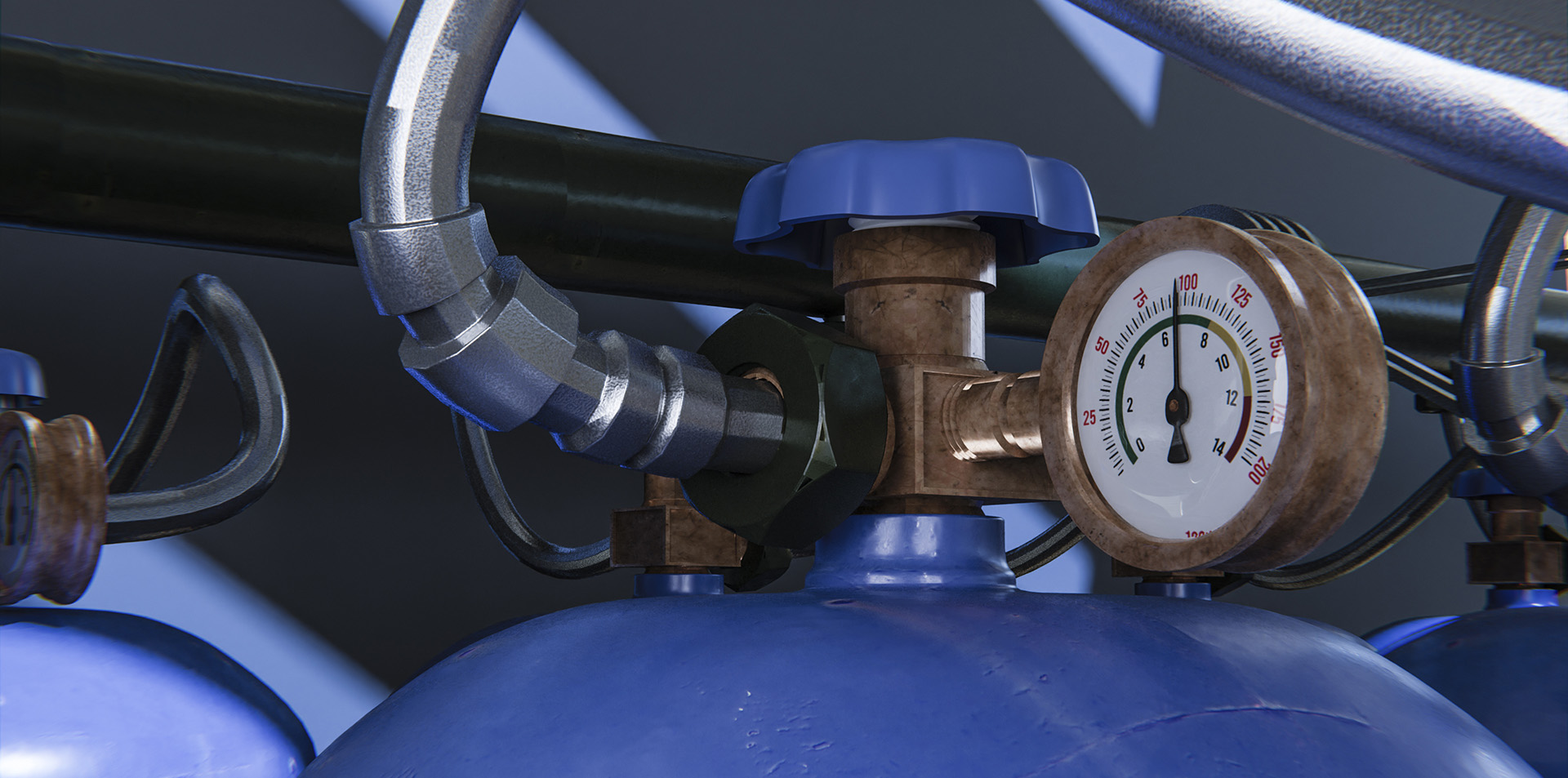Why are Gases Easy to Compress? What are the Inputs and Outputs of Air Compression?
18 March 2024, Monday

Compression of gases is usually carried out with the type of air compressors in industrial applications. However, many of us are not fully aware of why this process is so easy. Therefore, it may be useful to take a look at the inputs and outputs of air compression.
All gases are made up of free-moving particles, usually with very little gravitational force between their molecules Decoupled. Therefore, since the gas molecules are not very close to each other, they are relatively easy to compress. In addition, industrial equipment such as air compressors have special designs and technology used to compress the gas. This makes it even easier to compress the gases. But what about the process and technology used to compress air, how exactly does it work? By studying this issue in more detail, we can take a closer look at the inputs and outputs of air compression.
Why are Gases Easy to Compress?
Why are gases easy to compress? There are three different types of matter found on Earth: solid, liquid, and gas. Solids have a structure that is difficult to compress because their molecules are very close. Liquids, on the other hand, are located in a smaller space and can only be compressed under a certain pressure. On the other hand, gases are quite easy to compress because there is too much space between the gas molecules. Reducing the area where the gas is located and applying pressure to the gas allows the molecules to come closer together and compress the gas. For example, gases such as oxygen and hydrogen contained in the atmosphere can be stored by compressing them in a simple container. At the same time, this feature also facilitates the separation of gases from solid substances such as dirt and stone, their mixing with liquid substances such as water and oil, and their use for various purposes in industry. Therefore, the compression of gases is an easier process than other substances.
For example, consider a diving cylinder: Due to having a pressure of about 200-300 atmospheres, they store about 10-11 liters of oxygen. If the pressure is to be reduced to the standard 1 atmosphere, a cylinder of about 2500 to 2600 liters will be needed for oxygen supplementation. This minimizes the space between the molecules, making compression possible.
What happens if the air is trapped?
Let's take a closer look at the issue of air compression.
What happens if the air is trapped? In this case, first of all, what you need to know is the air compressor and how the air works. An air compressor compresses the air and keeps it under high pressure. As a result of the contact of this high-pressure air with the ambient air, pure oxygen, and nitrogen gas are formed as a result of the condensation of water vapor in the compressed air. If the lubrication system of the air compressor is not working properly, the air will also contain oil. This is especially vital for medical equipment used in hospitals because fresh air is necessary for medical devices to function properly. If the air is trapped, this can lead to deterioration of medical equipment and health problems in patients. In this case, the next stage is to fully check the device and make the medical devices ready for use again. Therefore, when the air is trapped, it is necessary to take the necessary measures immediately and to carry out regular maintenance to prevent this condition.
What happens when the air is compressed?
Your air compressor needs input energy to function. This energy provided is completely converted into heat energy. This takes the form that the heat-generating capacity of your air compressor is compatible with the input energy. So don't doubt it; air compressors produce intense heat. In most cases, it is recommended to reuse this generated heat with the help of an exchanger, for example, transferring it to a local heating system. In this way, you can avoid unnecessary energy consumption.
